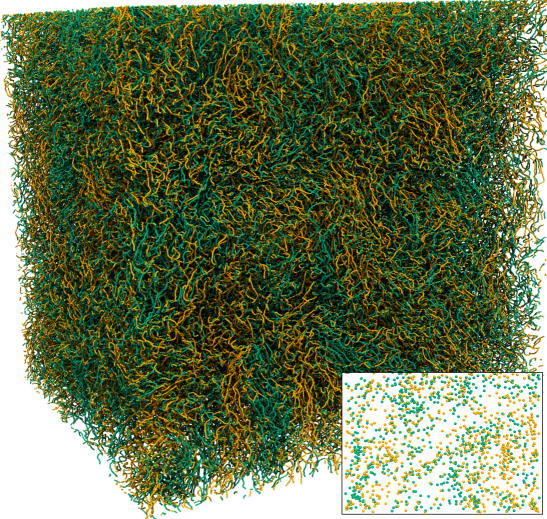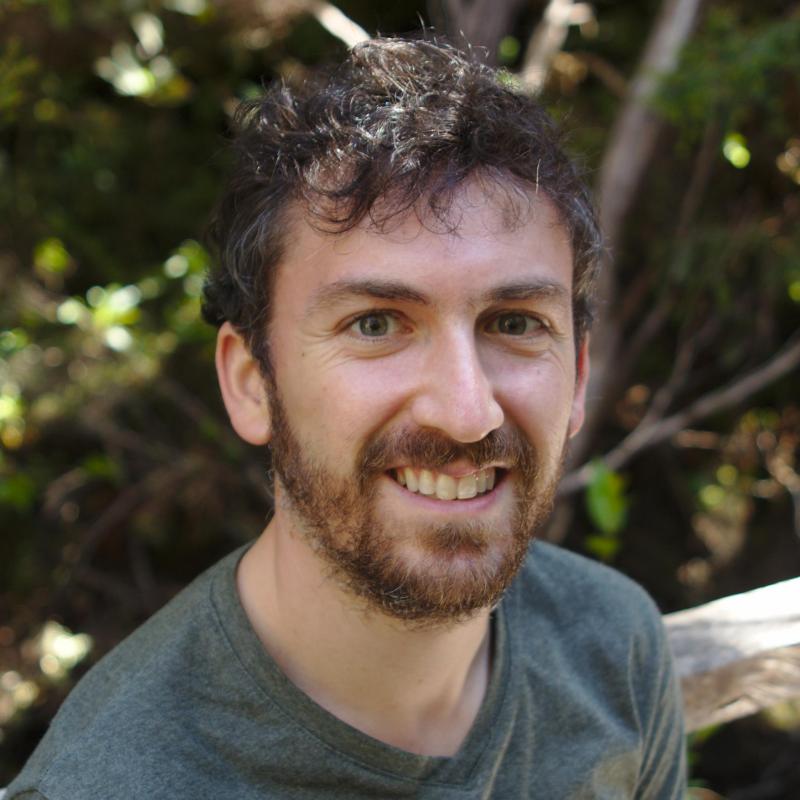Job offers
PhD position: Quantum turbulence simulations using a vortex filament model
A PhD position is open at LEGI to work on simulations of quantum turbulent flows (observed for instance in superfluid helium) at the absolute zero, where they are described as a collection of interacting vortex filaments. The main objective is to investigate the possible similarities between quantum and classical turbulence, in order to strengthen the link between both systems.
Summary
Superfluids, such as liquid helium at very low temperatures, are characterised by an absence of viscosity at the absolute zero. In this limit, they are effectively composed of very thin vortex filaments about which the velocity circulation takes discrete values. The complex interaction between these quantum vortices can lead to a state known as quantum turbulence, characterised by an extremely wide range of scales going from the vortex thickness (~1 Å) to the size of existent experimental facilities (up to ~1 metre). This state has been shown to present quantitative similarities with classical turbulent flows, and thus provides an interesting avenue for a better understanding of classical turbulence. With this in mind, simulations of the vortex filament model (VFM) will be performed in this thesis to study quantum turbulent flows. In the VFM, vortices are described as three-dimensional curves which interact according to Biot–Savart’s law. In particular, a reformulation of the VFM will be used for the first time to speed-up the simulation of strongly turbulent regimes in fully periodic domains. The proposed method will be first validated by comparing simple cases (e.g. the collision between two vortices leading to their reconnection) against results known from a compressible atomic-scale model. Then, a statistical analysis of the quantum turbulent state will be performed. The main objective is to compare high-order statistics associated to extreme events to results known from classical turbulence, as an attempt to further advance the analogy between both systems. In particular, statistics associated to Eulerian and Lagrangian velocities will be considered. The motion of vortex filaments will be tracked in time to characterise the emergence and decay of extreme events. This study will serve as a first step towards an accurate description of superfluid helium flows, which will require coupling the VFM to the Navier–Stokes equations.
Application deadline
12 May 2023
Start date
1 October 2023
PhD duration
3 yearsSee PDF file for more information on the project and on how to apply.
CC BY-SA 4.0 Juan Ignacio Polanco. Last modified: 01 December 2025.
Website built with Franklin.jl and the Julia programming language.
Theme adapted from Minimal Mistakes.
